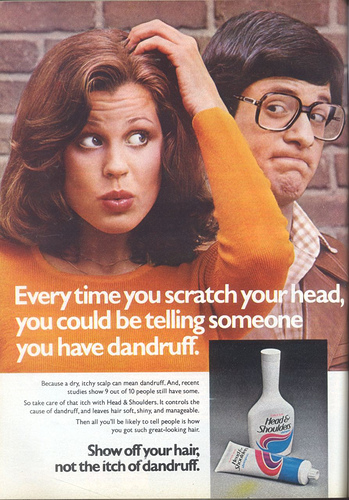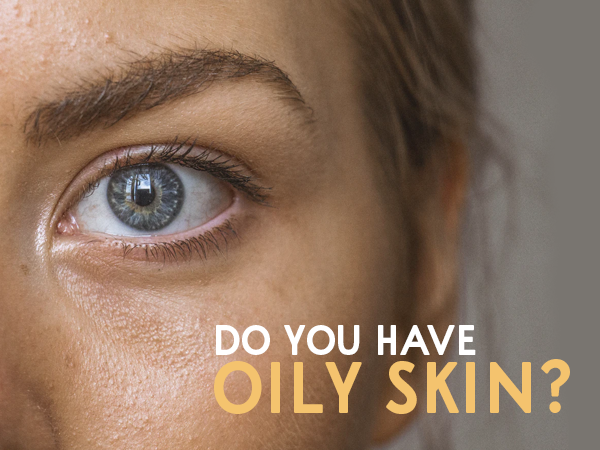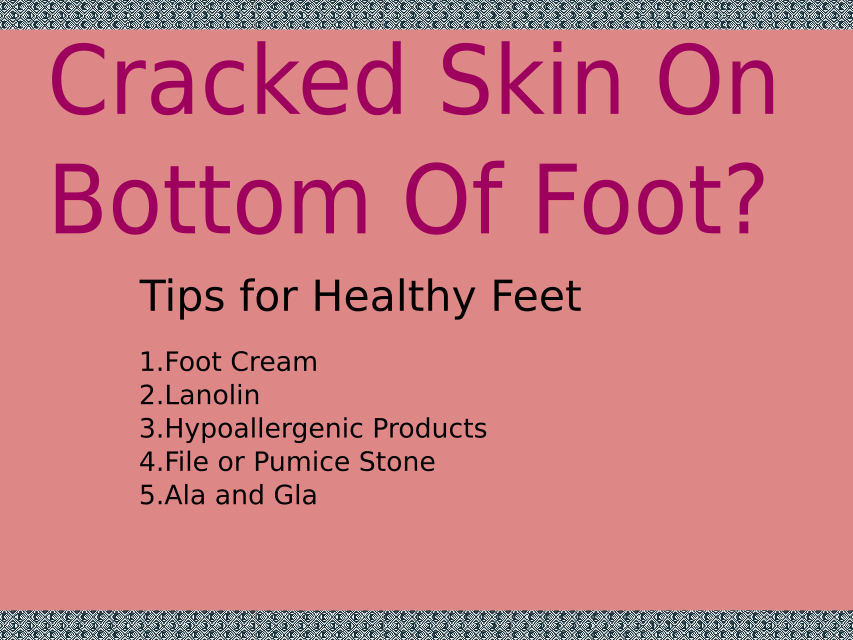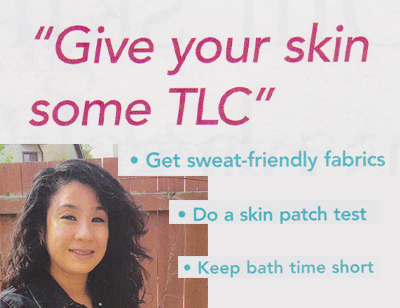SLS (Sodium Lauryl Sulfate) is an ingredient that is known to be REAL bad for humans and cause skin irritation, especially those with eczema. It is commonly known as a chemical cleaning agent that is used in laundry detergents. You will often see it used in many cleaning products including shampoos, toothpaste and soaps. The debate in the general public is how bad is it?

My Experience with Shampoos with SLS
I’ve had bad experiences with shampoos including Tresemme that may have contained a bit too much of SLS. I always had a real itchy scalp since I was a kid, but I have never thought a shampoo could be the main cause of a bad eczema reaction. I hated having this awful itchy & red scalp condition full of dandruff. I had to be selective of the shampoos that I bought, and this always led me into buying expensive brands.
My Shampoo Recommendation for People with Eczema
Cheaper stuff usually makes me itchy which sometimes makes me jealous of those who don’t react badly to SLS. What I look for are shampoos containing a combination of no parabens, no SLS, no color/dye, no fragrance but will cost 2-5 dollars or more. In my opinion its well worth the extra few dollars! A good brand that I highly recommend is Live clean(Image above). I never thought I could find an affordable brand that is mostly organic & does not contain these chemicals. I have read other positive reviews from other eczema sufferers who loved this brand along with an old friend of mine who has severe Eczema on her scalp. This is what drove me to further investigate SLS, as this has been going on for years!

 by twitchery – Shampoo Ad from the 70s
by twitchery – Shampoo Ad from the 70s
I met up with a nursing student working at a Lush store who argued that according to his research on SLS, that it does not cause any skin irritation as long as a little dose of it is used. He convinced me to buy their shampoo limited edition containing avocadoes with a bit of SLS. I don’t know what came to mind, but I liked the fact that he was an enthusiast individual who is seeking the truth as I. After a couple of uses, I think he might be right to a certain extent.
In my earlier article, people with Atopic Dermatitis (AD) or Eczema naturally have lower levels of ceramide (lipid/fat) in the Stratum Corneum (top layer of skin) compared to those with no AD, which contributes to the lack of skin moisture and barrier.
A Study (24 hour irritation test with SLS)
One study compared those with AD compared versus a control group (with no AD) with a 24 hour irritation test with 60 ul (or 0.06 ml) of SLS . What differentiates it from other studies is that they discover another genetic factor contributing to the further barrier dysfunction in eczema sufferers called Filaggrin (FLG) mutations. FLG plays a key role in epidermal barrier function (Brown & Irvine, 2008). FLG mutation is another word for having a deficiency in this genetic phenotype.

 by thejbird – Study from shampoos discover Filaggrin (FLG) mutations. which plays a key role in epidermal barrier function.
by thejbird – Study from shampoos discover Filaggrin (FLG) mutations. which plays a key role in epidermal barrier function.
A FLG mutation can be expressed as having an insufficient level of ceramides (Jungersted & Agner, 2013). 10% of the normal population possess this genetic phenotype whereas 50% of the AD patients did (Jungersted, Scheer, Mempel, Baurecht, Cifuentes, Hugh, Hellgren, Jemec, Agner & Weidinger, 2010).
Regardless of this genetic phenotype, ceramides levels were significantly altered in patients with AD after the SLS exposure (Jungersted et al., 2010). This results to “altered skin pH and an increase in trans-epidermal water loss (TEWL)” especially for the AD group with FLG mutation (pg. 912). So skin will appear drier and have a higher level of irritation when PH is high (Blue, 2013). Maintaining a skin pH is the key to moisture.
It was interesting to note that after the exposure to SLS, AD patients with FLG mutation genetic still received higher skin redness (or erythema) regardless of having a thicker stratum corneum compared to AD patients with no FLG mutation genetic phenotype (p. 917).
This study used a small sample of patients so there is still a need for further investigation in the relationship between FLG and stratum corneum lipids that may help promote skin barrier (p. 914). Even as of now, it is still a complex situation due to many factors. A recent study found that FLG mutation differs among different ethnic groups where Africans had the lowest level of ceramides, Caucasian with a medium level, and Asians with the highest level living in the same environment (Jungersted & Agner, ,2013)
After reading a couple similar current studies, it was quite clear that results depends on the individual with various genetic factors especially in the AD category. Some of us might have more skin reaction to SLS than others.
My final recommendation is to try to avoid the SLS ingredient in any of your cleaning product just as a precaution as further study and results come in.
Sources:
Blue, J. (2013, August 16). PH effects on skin. Retrieved from http://www.livestrong.com/article/152255-ph-effects-on-skin/
Brown, S.J., & Irvine, A.D. (2008). Atopic eczema and the filaggrin story [Abstract]. PubMed.gov., 128-137. doi: 10.1016/j.sder.2008.04.001
Jungersted, J.M, Scheer, H., Mempel, M., Baurecht, H., Cifuentes, L, Hogh, J.K., Hellgren, L.I., Jemec, G.B.E., Agner, T., & Weidinger, S. (2010). Stratum corneum lipids, skin barrier function and filaggrin mutations in patients with atopic eczema. European Journal of Allergy and Clinical Immunology, 65(7), p. 911-918.
Jungersted, J.M., & Agner, T. (2013). Eczema and ceramides: an update. Contact Dermatitis, 69(2), p. 65-71.
Walters, K.A, & Roberts, M.S. (2008). Dermatological and Cosmeceutical Development: Absorption Efficacy and Toxicity. New York, NY: Informa Healthcare USA.
David Suzuki – http://davidsuzuki.org















Helllo!! My name is Sou
I have lived with Eczema my whole life and it has been a constant battle. Welcome to my journey! Let's battle this together!